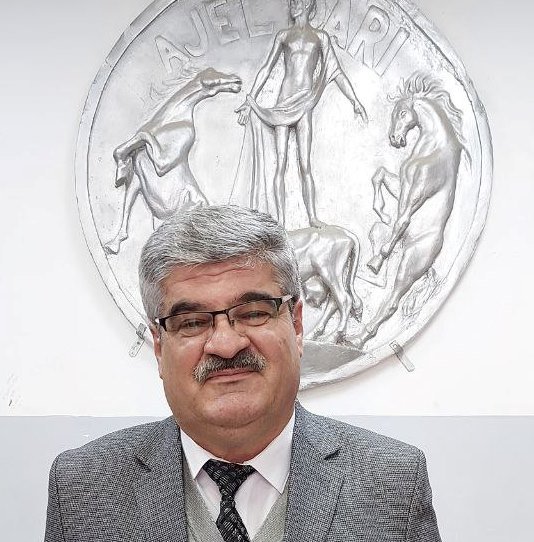Converting Food Waste into Chicken Feed: Global Experiences Towards Sustainable Nutrition and a Circular Economy

Dr. Majed Hamed Al Saegh / poultry pathologist / Australia
Amid the escalating challenges associated with rising feed prices and the worsening global food waste problem, converting food waste into poultry feed has emerged as an innovative solution that combines economic feasibility and environmental sustainability..
Food waste represents more than a billion tons annually worldwide, while feed accounts for over 60% of poultry production costs, motivating researchers to exploit this waste as an effective nutritional resource. Recent years have seen promising field applications, most notably a trial in Australia conducted by the University of New England in collaboration with Poultry Hub Australia. This experiment developed a high-quality feed powder from cooked food waste, restaurant waste, and dairy products. The results showed improved feed conversion efficiency for laying hens without compromising health or egg quality, while reducing feed costs and carbon emissions by up to 25%. Food Recycle Ltd has also developed a licensed torrefaction technology for the commercial production of this feed, with a targeted production capacity of 100 tons per day, with plans to expand to New Zealand. In Canada, a study from Dalhousie University showed that incorporating 15–20% dried potato peel meal into broiler diets, along with digestive enzymes, resulted in positive results in weight and feed conversion efficiency.
In Nigeria, these results were confirmed by a trial using Irish potato peelings, which reduced feed costs by 20% while maintaining production performance. In the United Kingdom, life cycle assessment (LCA) studies showed that incorporating food waste into poultry feed reduced the carbon footprint by 17%, compared to traditional corn- and soy-based feeds. Countries such as Japan and South Korea are also pioneers in this field, employing national integrated systems to convert food waste into poultry feed through rigorous and certified drying and sterilization processes.
Despite these successes, the global experience faces challenges, including the variability in the nutritional value of waste, the need for energy-efficient drying technologies, and regulatory requirements related to animal food safety. When implemented, it is recommended to gradually incorporate food waste into feed at a rate starting from 5% to a maximum of 20%, while monitoring health and production performance and conducting continuous analysis to ensure that the ingredients are free of contaminants and toxins. The integration of these international experiences and their local adaptation opens up promising prospects for reducing dependence on imported feed, lowering production costs, enhancing food security, and transitioning from a linear food system to a circular model based on recycling and maximizing resource utilization.



